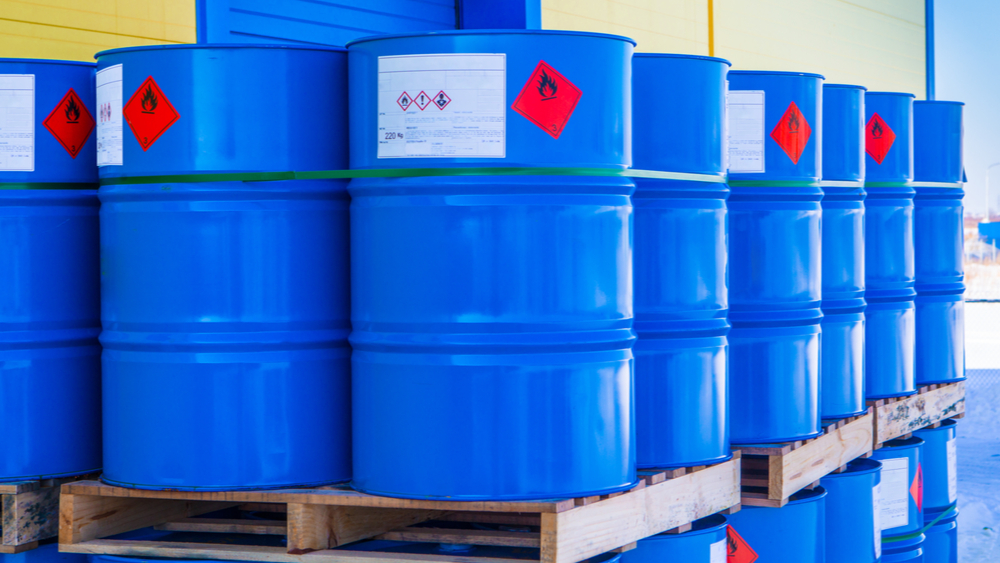EU chemicals trade sees small decline in 2023

In 2023, EU exports of chemicals and related products decreased to €523 billion, a decline of 5% compared with the record high value of exports in 2022 (€552 billion). The value of chemical imports from non-EU countries into the EU fell 10% to €326 billion, down from €363 billion in the previous year.
The chemicals category includes products such as chemical materials and products, fertilisers, medical and pharmaceutical products, and plastics.
Among EU countries, the top 5 exporters to countries outside the EU were Germany (€130 billion), Belgium (€67 billion), Ireland (€64 billion), France (€52 billion) and the Netherlands (€45 billion).

Source dataset: ds-018995
The main extra-EU destinations were the United States (€139 billion), Switzerland (€56 billion), the United Kingdom (€48 billion), China (€40 billion) and Türkiye (€17 billion).
Regarding imports of chemical and related products, Germany was the largest importer from non-EU countries in 2023 (€55 billion), ahead of Belgium (€50 billion), the Netherlands (€43 billion), Italy (€29 billion) and France (€27 billion).
For more information
- Statistics Explained article on trade and production of chemicals and related products
- Thematic section on international trade in goods
- Database on international trade in goods
- International trade in goods – a statistical picture
- Statistics 4 Beginners on international trade in goods
Methodological notes
- ‘Chemicals’ consist of Standard International Trade Classification, Rev. 4 ‘Chemicals and related products’:
- 51 - Organic chemicals
- 52 - Inorganic chemicals
- 53 - Dyeing, tanning & colouring materials
- 54 - Medical & pharmaceutical products
- 55 - Essential oils, resinoids and perfume materials
- 56 - Fertilisers (other than those of group 272)
- 57 - Plastics in primary forms
- 58 - Plastics in non-primary forms
- 59 - Chemical materials and products
- Dutch and Belgian trade flows are over-estimated because of the so-called ‘Rotterdam effect’ (or quasi-transit trade): goods originating in other EU countries that are exported through Dutch and Belgian ports are, according to EU rules, recorded as extra-EU exports by the Netherlands and Belgium. Similar considerations apply to imports from countries outside the EU that arrive in Dutch and Belgian ports and are re-exported to other EU countries.
If you have any queries, please visit our contact us page.
